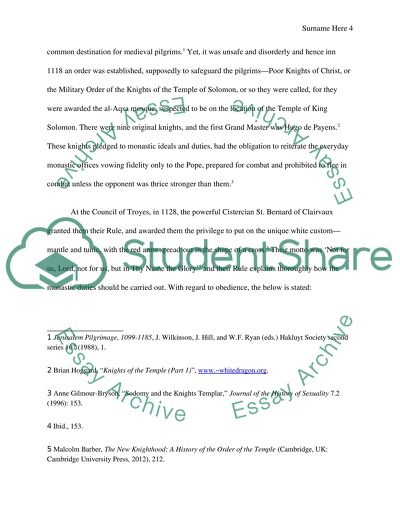Cite this document
(“The Knights Templar: Saints or Sinners Research Paper”, n.d.)
Retrieved from https://studentshare.org/history/1667277-the-knights-templar-saints-or-sinners
Retrieved from https://studentshare.org/history/1667277-the-knights-templar-saints-or-sinners
(The Knights Templar: Saints or Sinners Research Paper)
https://studentshare.org/history/1667277-the-knights-templar-saints-or-sinners.
https://studentshare.org/history/1667277-the-knights-templar-saints-or-sinners.
“The Knights Templar: Saints or Sinners Research Paper”, n.d. https://studentshare.org/history/1667277-the-knights-templar-saints-or-sinners.


